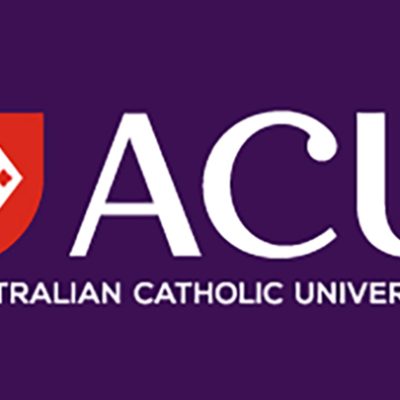
Teaching children how to identify and combine parts of words is an important component of a comprehensive approach to reading and spelling instruction, new Australian Catholic University research shows.
The study, led by ACU’s Australian Centre for the Advancement of Literacy, found incorporating morphology instruction into the primary school classroom improves students’ ability to read and spell.
Lead researcher Danielle Colenbrander said the study, published in Educational Psychology Review, found morphology instruction – the breaking down of words into their meaningful parts – benefited students’ reading and spelling of directly taught words, with evidence it could also improve their ability to spell untaught words.
“Our review is the first to show that morphology instruction can lead to improvements in spelling words that have not been directly taught,” Dr Colenbrander said.
“For example, in a spelling lesson, students might learn about the suffix -ly, and they might practice writing the suffix in words such as “sadly” and “slowly”. But later, a child might be working on a piece of writing, and they might want to write the word “loudly”, which they did not practice in their spelling lesson.
“If they use their knowledge of how to spell the suffix -ly to help them correctly spell ‘loudly’, then we would say they have transferred or generalised that knowledge to apply it to words they haven’t seen before in class.”
Dr Colenbrander said the meta-analysis of 28 studies involving primary school-aged children in English-speaking countries did not find clear evidence linking morphology to improved reading comprehension, but morphological skills were only a part of the underlying skills and knowledge involved in that process.
She said morphology instruction complemented the teaching of phonics – a practice which has largely been mandated in schools across Australia.
“Knowledge of regular relationships between letters and sounds is important for providing children with a tool for reading and spelling unfamiliar words, and the process of sounding out or decoding helps to build ‘mental dictionaries’ of words that can be read quickly and automatically,” she said.
“However, once children start to read slightly longer words, they will start to come across words with more than one morpheme. For example, ‘kicking’ has two morphemes – the base “kick” and the suffix -ing. When students start to come across these longer words, that’s a good time to begin adding in morphology instruction alongside phonics instruction.”
FULL STORY
Morphology improves spelling and reading – new research (ACU)






